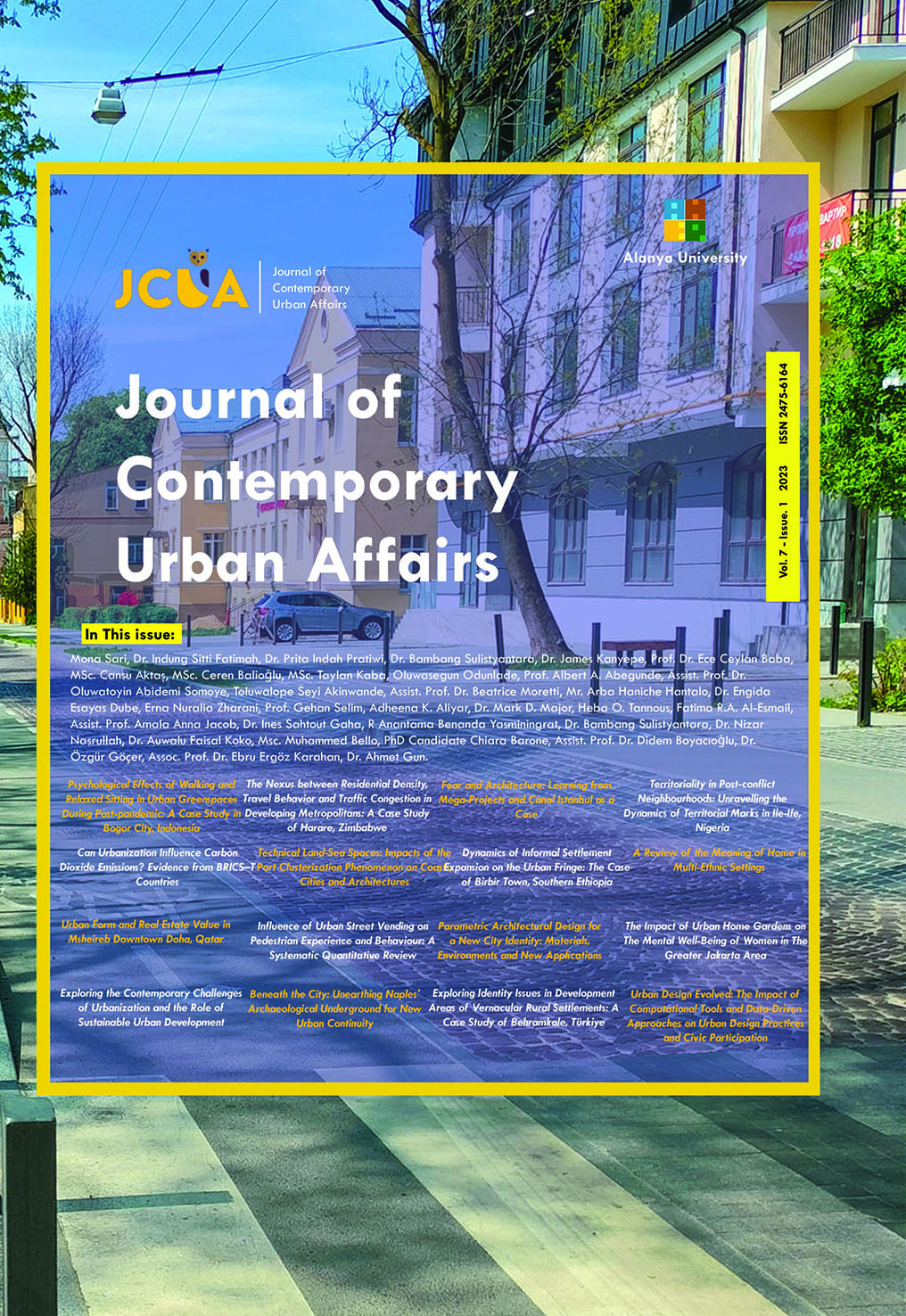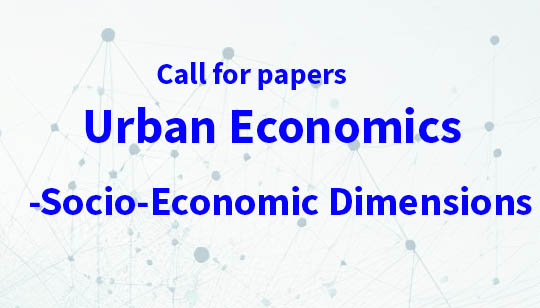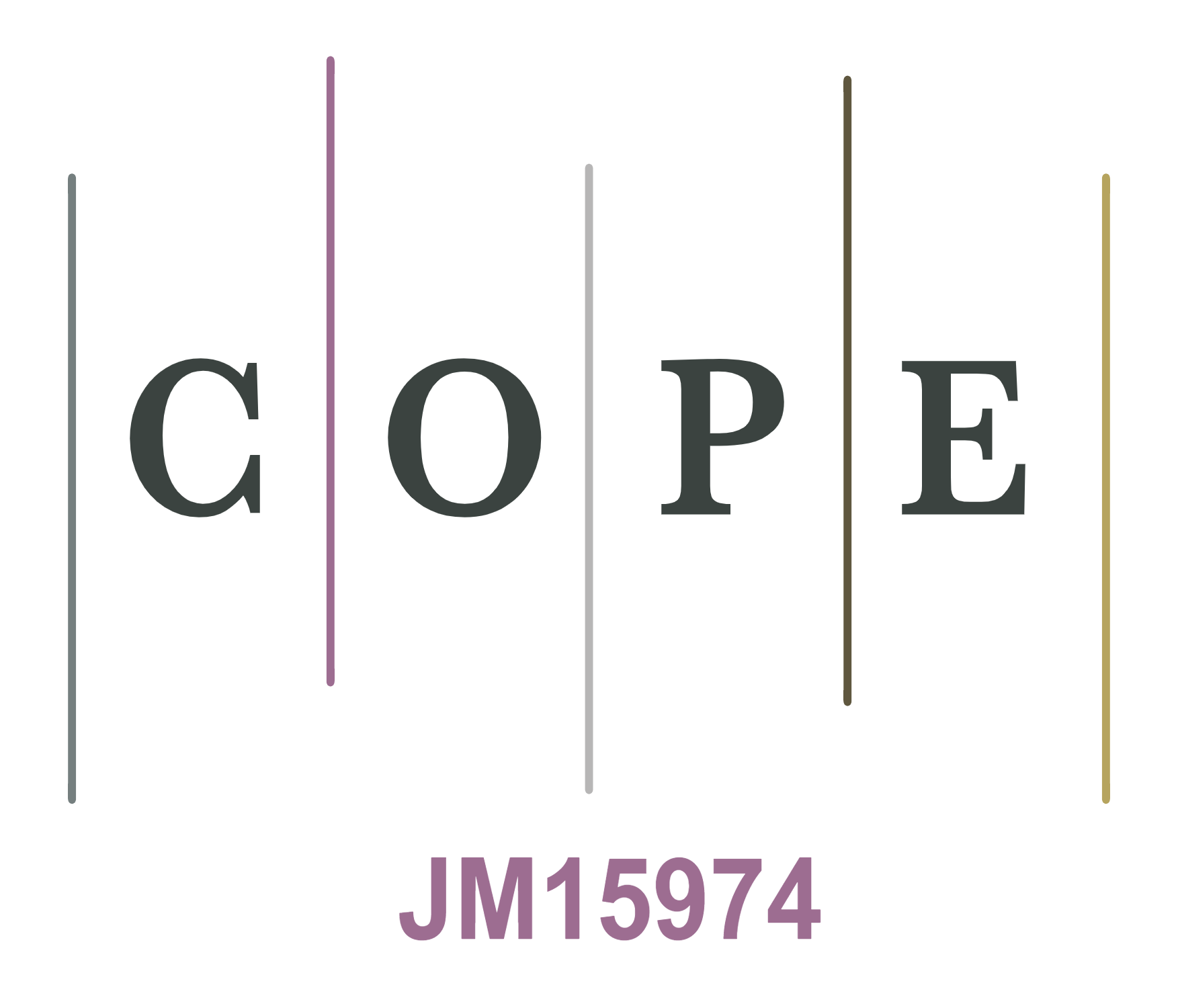Dynamics of Informal Settlement Expansion on the Urban Fringe: The Case of Birbir Town, Southern Ethiopia
DOI:
https://doi.org/10.25034/ijcua.2023.v7n1-6Keywords:
Land Invasion, Urban Fringe, Informal Settlement, Birbir TownAbstract
This study examines the dynamics of fringe land invasion in Birbir Town, southern Ethiopia by adopting a descriptive survey design with both qualitative and quantitative data analyses. Primary data were acquired through a household survey, key informant interviews, focus group discussions, and observations. This study also benefited from relevant secondary sources. Using a simple random sampling technique, 156 household heads were selected from Birbir and two adjacent rural areas. The study revealed that informal settlement expansion in the form of fringe land invasion occurs in Birbir Town predominantly due to population increase, urban sprawl, migration, poor land administration and governance systems, a lack of boundary demarcation, and the presence of available unserviced public land near the town. The process was intensified by actors such as farmers, local administrators, informal dealers, politicians, and local elders. The encroachment of urban fringe areas has led to deforestation, relinquishment of cultivable acreage, entitlement disputes, a prevailing trend of illicit land occupation, an unstructured urban expansion pattern, and a surge in criminality, fostering discordant communities. This study contributes to the understanding of informality on the urban fringe as posing socioeconomic and governance challenges in small towns of developing countries by presenting the case of Birbir.
Downloads
References
Abebe, M. S., Derebew, K. T., & Gemeda, D. O. (2019). Exploiting temporal-spatial patterns of informal settlements using GIS and remote sensing technique: a case study of Jimma city, Southwestern Ethiopia. Environmental Systems Research, 8(1). https://doi.org/10.1186/s40068-019-0133-5
Adam, A. G. (2014). Informal settlements in the peri-urban areas of Bahir Dar, Ethiopia: An institutional analysis. Habitat International, 43. https://doi.org/10.1016/j.habitatint.2014.01.014
Adam, A. G. (2020). Understanding competing and conflicting interests for peri-urban land in Ethiopia’s era of urbanization. Environment and Urbanization, 32(1). https://doi.org/10.1177/0956247819890215
Admasu, T. G. (2018). Informal housing and the urban poor: Experiences from Hawassa, Ethiopia. In Handbook of Research on Urban Governance and Management in the Developing World. https://doi.org/10.4018/978-1-5225-4165-3.ch008
Admasu, T. G. (2019). Informal Housing and the Urban Poor. In Megacities and Rapid Urbanization. https://doi.org/10.4018/978-1-5225-9276-1.ch022
Alene, E. T. (2022). Determinant factors for the expansion of informal settlement in Gondar city, Northwest Ethiopia. Journal of Urban Management, 11(3). https://doi.org/10.1016/j.jum.2022.04.005
Asefa, B. (2020). Impacts of Informal Settlements on Housing Development: The Case of Debre Berhan Town, Amhara Regional State, Ethiopia. Landscape Architecture and Regional Planning, 5(4). https://doi.org/10.11648/j.larp.20200504.12
Banks, N., Lombard, M., & Mitlin, D. (2020). Urban Informality as a Site of Critical Analysis. Journal of Development Studies, 56(2). https://doi.org/10.1080/00220388.2019.1577384
Baye, F., Adugna, D., & Mulugeta, S. (2023). Administrative failures contributing to the proliferation and growth of informal settlements in Ethiopia: The case of Woldia Township. Heliyon, 9(3). https://doi.org/10.1016/j.heliyon.2023.e13758
Baye, F., Wegayehu, F., & Mulugeta, S. (2020a). Dataset on demographic and Socio-economic triggers of informal settlements: a case study from the peri-urban areas of Woldia. Data in Brief, 30. https://doi.org/10.1016/j.dib.2020.105667
Baye, F., Wegayehu, F., & Mulugeta, S. (2020b). Drivers of informal settlements at the peri-urban areas of Woldia: Assessment on the demographic and socio-economic trigger factors. Land Use Policy, 95. https://doi.org/10.1016/j.landusepol.2020.104573
Bryant, C. R. (1995). The role of local actors in transforming the urban fringe. Journal of Rural Studies, 11(3). https://doi.org/10.1016/0743-0167(95)00020-N
Clark, V. L. P., & Creswell, J. W. (2015). Understanding Research: A Consumer’s Guide. In Journal of Emergency Nursing.
Deuskar, C. (2019). Clientelism and Planning in the Informal Settlements of Developing Democracies. Journal of Planning Literature, 34(4). https://doi.org/10.1177/0885412219842520
DFID. (2002). Better Livelihoods for poor people the role of land policy. WHO Drug Information, 24(2).
Dovey, K. (2012). Informal Settlement and Complex Adaptive Assemblage. In International Development Planning Review (Vol. 34, Issue 3).
Dube, E. E. (2013). Urban planning & land management challenges in emerging towns of Ethiopia: The case of Arba Minch. Journal of Urban and Environmental Engineering, 7(2). https://doi.org/10.4090/juee.2013.v7n2.340348
FDRE. (1995). Constitution of the Federal Democratic Republic of Ethiopia. Proclamation No. 1/1995. Federal Negarit Gazeta, 1(1).
Fekade, W. (2000). Deficits of formal urban land management and informal responses under rapid urban growth, an international perspective. Habitat International, 24(2). https://doi.org/10.1016/S0197-3975(99)00034-X
Hepner, G. F. (1985). Locational factors and the urban fringe land market. Journal of Rural Studies, 1(4). https://doi.org/10.1016/0743-0167(85)90047-6
Hosseini, A., Finn, B. M., & Momeni, A. (2023). The complexities of urban informality: A multi-dimensional analysis of residents’ perceptions of life, inequality, and access in an Iranian informal settlement. Cities, 132. https://doi.org/10.1016/j.cities.2022.104099
Kihato, C. W., Royston, L., Raimundo, J. A., & Raimundo, I. M. (2013). Multiple Land Regimes: Rethinking Land Governance in Maputo’s Peri-urban Spaces. Urban Forum, 24(1). https://doi.org/10.1007/s12132-012-9163-z
Kinfu, E., Bombeck, H., Nigussie, A., & Wegayehu, F. (2019). The Genesis of Peri-urban Ethiopia: The Case of Hawassa City. Journal of Land and Rural Studies, 7(1). https://doi.org/10.1177/2321024918808125
K.Yin, R. (2011). Qualitative Research from start to finish. In The Guilford Press.
Li, J., Qiu, R., Li, K., & Xu, W. (2018). Informal land development on the urban fringe. Sustainability (Switzerland), 10(1). https://doi.org/10.3390/su10010128
Lombard, M. (2016). Land conflict in peri-urban areas: Exploring the effects of land reform on informal settlement in Mexico. Urban Studies, 53(13). https://doi.org/10.1177/0042098015603569
Mersha, S., Gebremariam, E., & Gebretsadik, D. (2022). Drivers of informal land transformation: perspective from peri-urban area of Addis Ababa. GeoJournal, 87(5). https://doi.org/10.1007/s10708-021-10447-w
Mottelson, J. (2020). A new hypothesis on informal land supply, livelihood, and urban form in Sub-Saharan African cities. Land, 9(11). https://doi.org/10.3390/land9110435
Nassar, D. M., & Elsayed, H. G. (2018). From Informal Settlements to sustainable communities. Alexandria Engineering Journal, 57(4). https://doi.org/10.1016/j.aej.2017.09.004
Pryor, R. J. (1968). Defining the rural. urban fringe. Social Forces, 47(2). https://doi.org/10.1093/sf/47.2.195
Simon, D. (2008). Urban environments: Issues on the peri-urban fringe. Annual Review of Environment and Resources, 33. https://doi.org/10.1146/annurev.environ.33.021407.093240
Steel, G., Abukashawa, S., & Hussein, M. O. (2020). Urban Transformations and Land Governance in Peri-Urban Khartoum: The Case of Soba. Tijdschrift Voor Economische En Sociale Geografie, 111(1). https://doi.org/10.1111/tesg.12372
Tellman, B., Eakin, H., Janssen, M. A., de Alba, F., & Turner, B. L. (2021). The role of institutional entrepreneurs and informal land transactions in Mexico City’s Urban Expansion. World Development, 140. https://doi.org/10.1016/j.worlddev.2020.105374
Toulmin, C. (2009). Securing land and property rights in sub-Saharan Africa: The role of local institutions. Land Use Policy, 26(1). https://doi.org/10.1016/j.landusepol.2008.07.006
Wehrmann, B. (2008). The dynamics of peri-urban land markets in Sub-Saharan Africa: Adherence to the virtue of common property vs. quest for individual gain. Erdkunde, 62(1). https://doi.org/10.3112/erdkunde.2008.01.06
Yamane, T. (1967). Statistics And Introductory Analysis, 2nd Ed. Harper and Row, New York. In Scottish Journal of Arts, Social Sciences and Scientific Studies.
Zhang, J., Chen, S. S., Gao, Q., Shen, Q., Kimirei, I. A., & Mapunda, D. W. (2020). Morphological characteristics of informal settlements and strategic suggestions for urban sustainable development in Tanzania: Dar es Salaam, Mwanza, and Kigoma. Sustainability (Switzerland), 12(9). https://doi.org/10.3390/su12093807
Published
Issue
Section
License
Copyright (c) 2023 Mr. Arba Haniche Hantalo, Dr. Engida Esayas Dube

This work is licensed under a Creative Commons Attribution 4.0 International License.






















